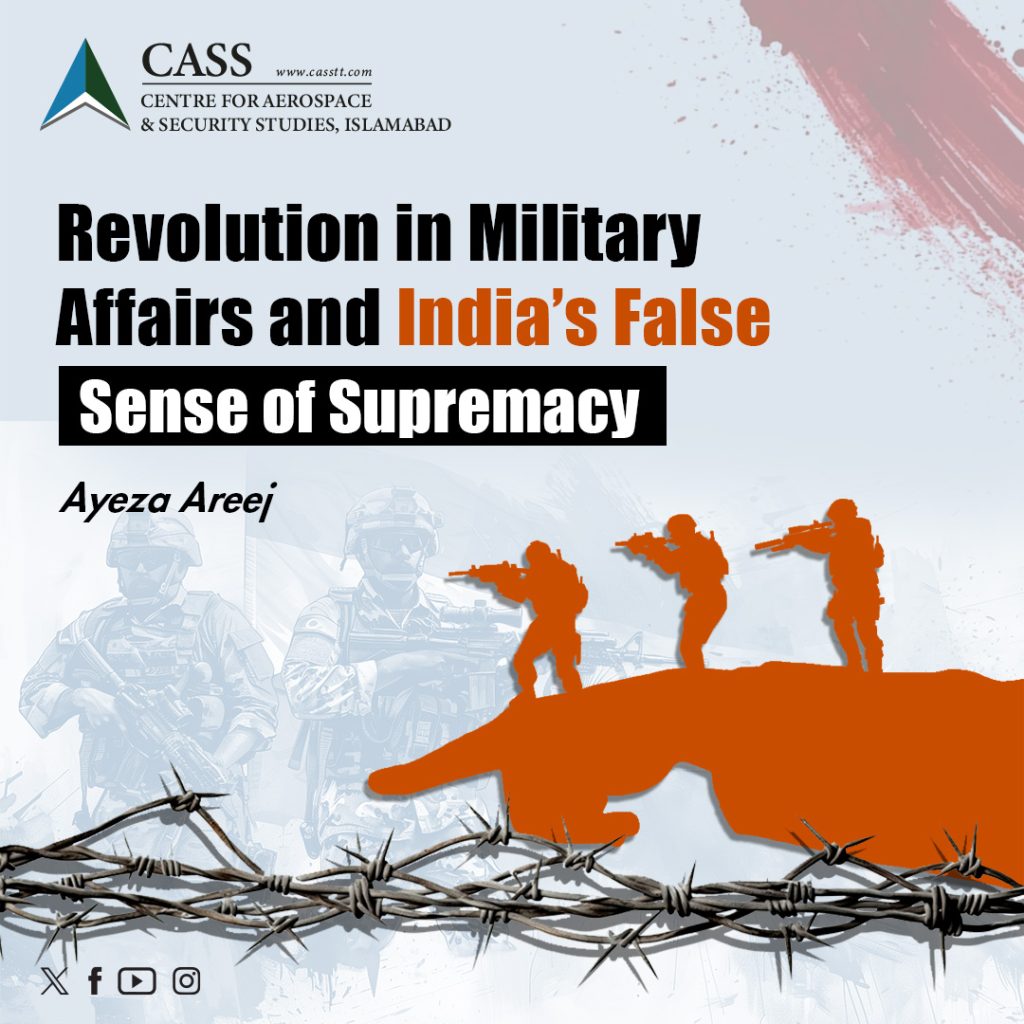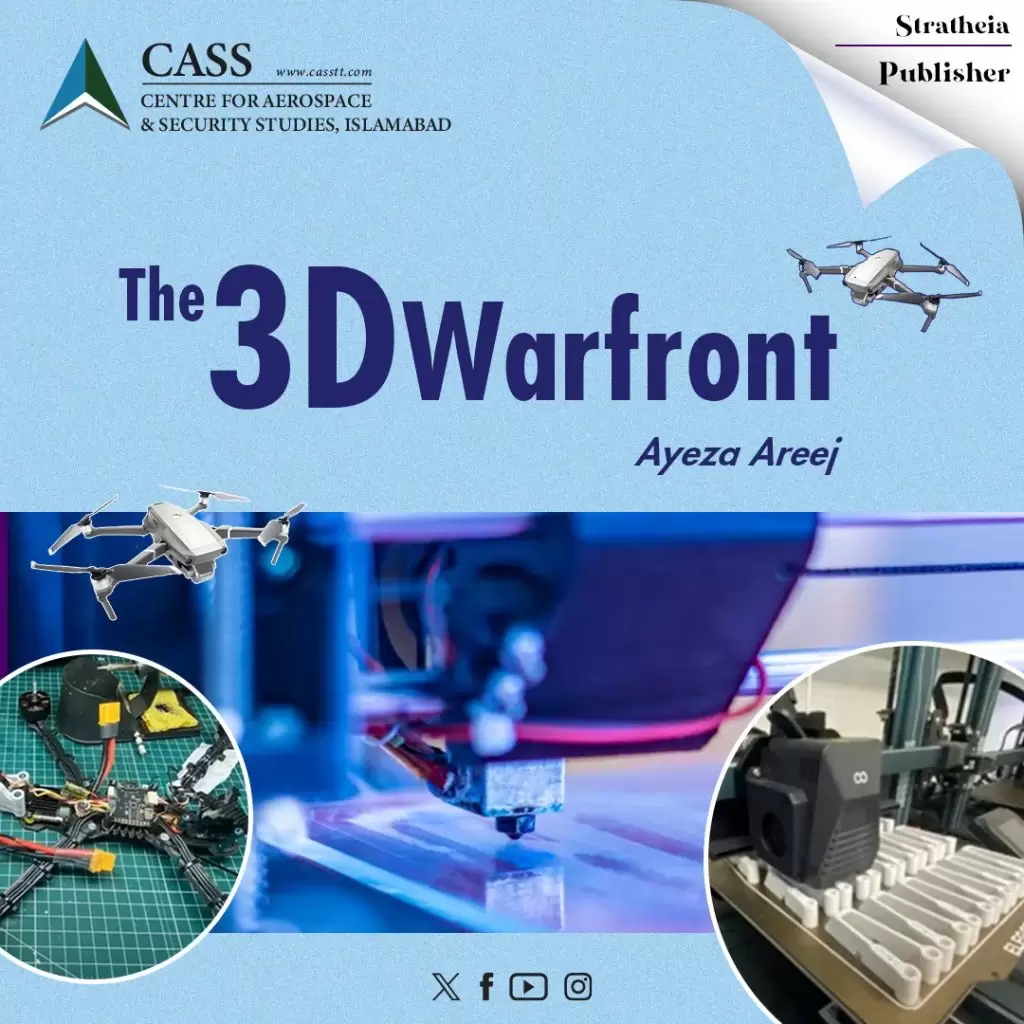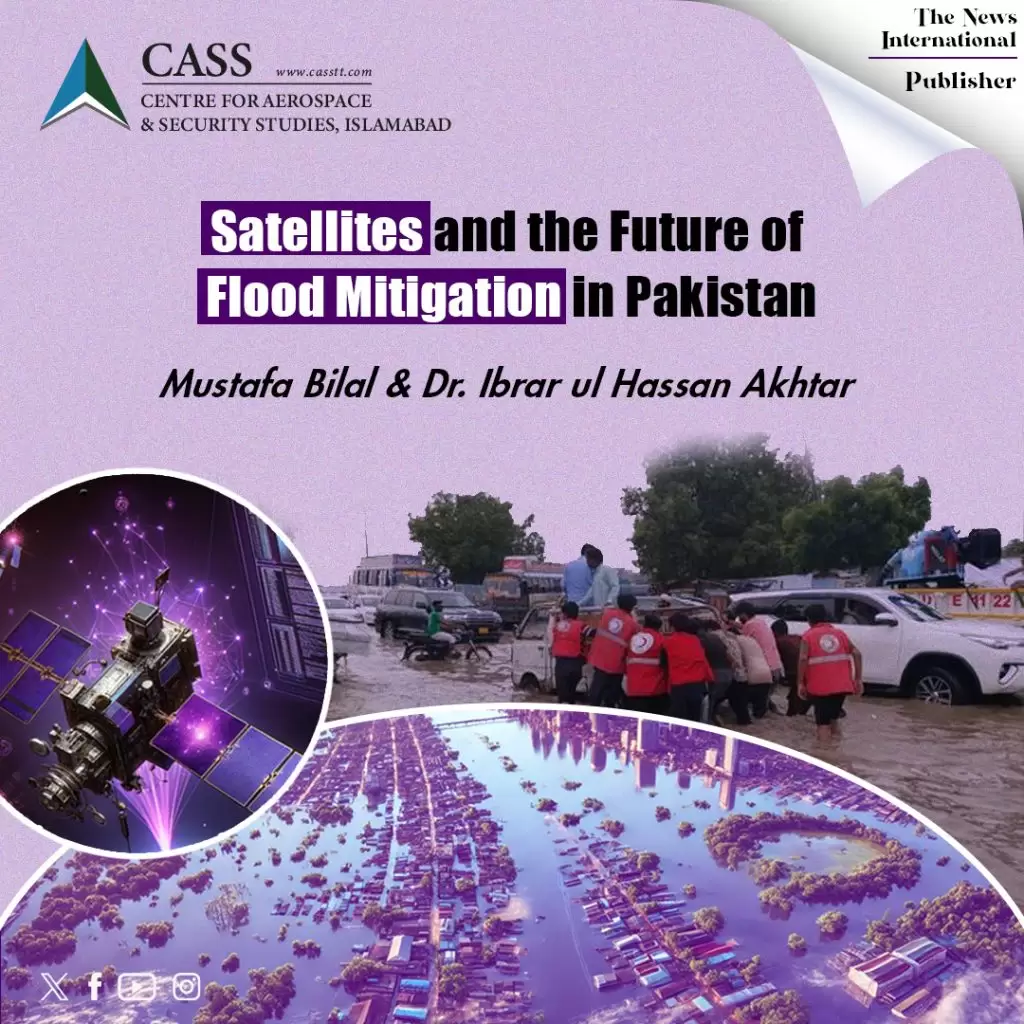The evolving shift in United States’ (US) foreign policy has triggered Europe’s most significant defence recalibration since the fall of the Berlin Wall. President Donald Trump has embraced Russia, withdrew military aid for Ukraine, and considerably intensified pressure on Europe’s NATO members to augment their financial commitments to the alliance, raising concerns among allies about the reliability of the US as a security partner.
The end of the Cold War prompted a reduction in Europe’s defence spending as the perceived risk of direct military threats from former Soviet republics diminished. The events of September 11, 2001, gave rise to a new threat, but most European nations, unlike the US, did not commit to significant increases in defence budgets, focusing instead on building specialised capabilities. The dynamics appeared to shift following Russia’s annexation of Crimea in 2014 and, more so, after the full-scale invasion of Ukraine in 2022, which also revealed the limits of European Union (EU)’s defence industrial readiness. Recent commitments to defence spending by European nations, however, mark the most decisive shift from past trends.
In what is being termed a ‘watershed moment,’ leaders from 26 EU countries have agreed to unlock an unprecedented 800 billion euros for military spending to achieve long-term defence self-sufficiency. Several individual states have also announced ambitious plans to expand military budgets. Notably, German Chancellor-in-waiting Friedrich Merz has reached a historic agreement with political allies, potentially enabling Germany to allocate up to one trillion euros toward defence and infrastructure over the next decade. Other examples include, for instance, Denmark’s announcement of a USD 7.2 billion Acceleration Fund for defence, the United Kingdom (UK)’s commitment to increase its defence budget to 2.5% of GDP by 2027 and eventually target 3%, and French President Emmanuel Macron’s aim to raise defence spending up to 3.5% of the GDP.
After decades of underinvestment, this shift offers a crucial opportunity for Europe’s struggling defence industry to regain momentum and expand its capabilities. Rheinmetall, one of Europe’s defence giants, has already announced plans to repurpose two of its automotive plants in Germany to produce military goods. The German-French joint venture KNDS has acquired a historic rail car plant to produce components for military vehicles. Likewise, Türkiye’s Baykar and Italy’s Leonardo have partnered to initiate joint ventures to produce Unmanned Aerial Vehicles (UAVs). Many other defence players are similarly recognising this as a promising opportunity. While the EU has prioritised a European-first approach in defence procurement, US companies, especially those specialising in high-end systems, stand to benefit unless these countries move to exclude American equipment. However, as Europe’s defence industry strengthens over time, US firms may gradually lose their foothold in what has traditionally been a stable and reliable market.
While early optimism is high, the industry’s extent of transformation will ultimately be determined by several factors, including how successfully the Union puts its spending commitments into action. Increased military spending requirements now present a challenging dilemma for governments, particularly those with relatively higher levels of debt, such as France, the UK, or Belgium, as they must either raise politically unpopular taxes, cut expenses from other important areas or borrow more. Within some countries, political divisions are already beginning to surface. For instance, President Macron’s warning of tough budget decisions to boost defence spending has opened political debates in France. Spanish Prime Minister Pedro Sánchez’s pitch to enhance defence spending has been met with reluctance even from some of his allies. Sentiments on European streets are also mixed, posing tough questions for policymakers. Even if political support is secured now, maintaining it could prove challenging, particularly if the urgency for prioritising defence spending diminishes if the war in Ukraine ends.
Simply increasing defence spending is only a part of the equation. Initiatives such as the European Defence Fund (EDF), established in 2017 to promote joint defence projects among EU nations, highlight a growing recognition that effective security also requires deeper intra-European collaboration. However, the European defence industry still remains highly ‘fragmented’. During the Cold War, Western European nations invested heavily in their domestic defence industries, yet their firms struggled to match the scale of their US counterparts. A segmented defence sector led to higher unit costs, redundant research and development efforts, and a proliferation of non-interoperable equipment.
The real test for the European leadership will be its ability to learn from past errors and find an approach that minimises the trade-offs of higher defence spending, including its impact on social expenditures. Besides overcoming industrial fragmentation, various solutions have been advocated, including attracting private capital, investing in dual-purpose technologies, broadening the definition of defence expenditures to encompass areas like cybersecurity, or exploring more joint borrowing at the EU level. The European Investment Bank is also expected to double or triple the funding it provides for defence projects in 2025.
Europe’s defence expansion presents both opportunities and risks. By focusing on building capabilities over arms proliferation, prioritising diplomatic engagement, as well as internal and external cooperation, it can strengthen security and accelerate defence innovation without destabilising global stability and escalating an arms race.
Zahra Niazi is a Research Assistant at the Centre for Aerospace & Security Studies (CASS), Islamabad, Pakistan. The article was first published in Modern Diplomacy. She can be reached at [email protected].





